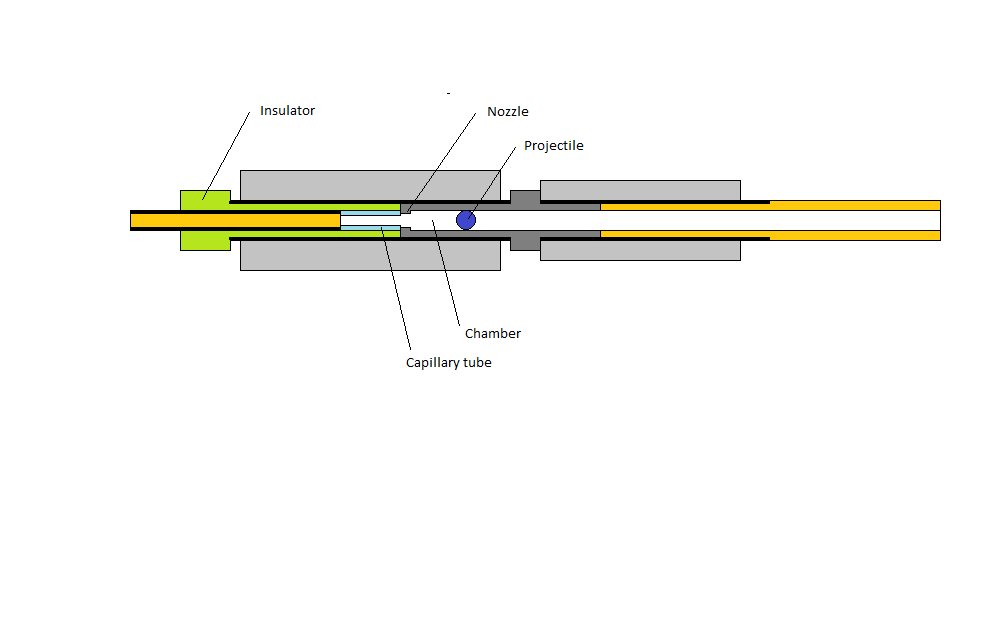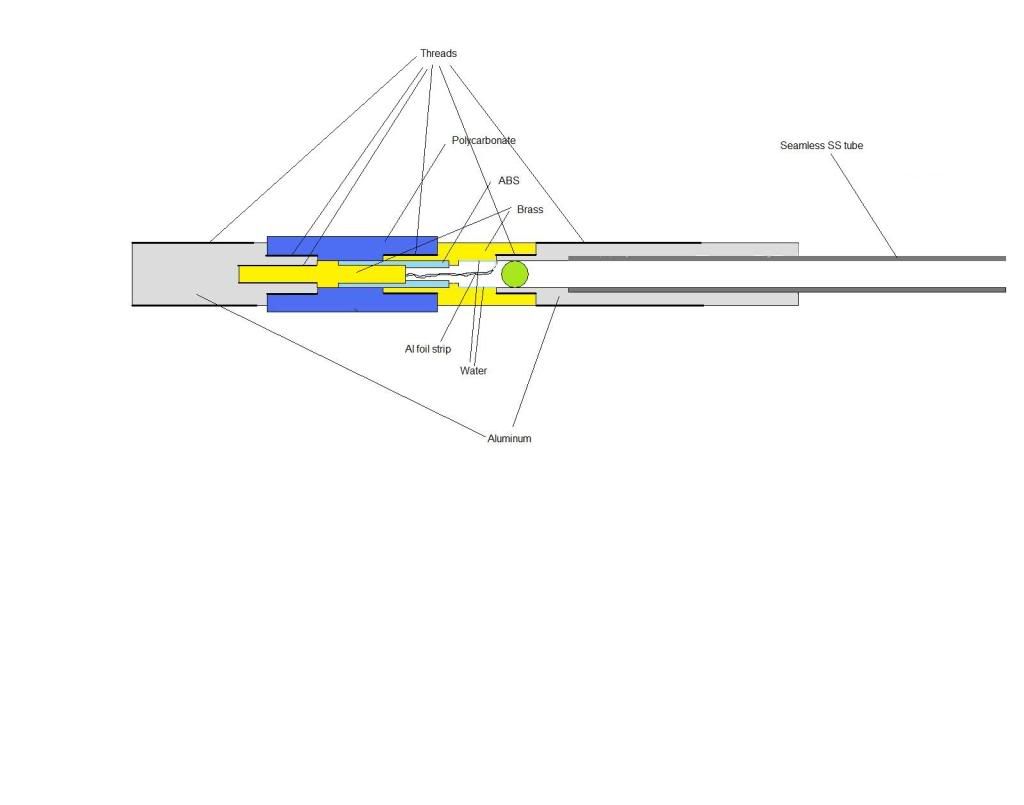Keep us updated on your attempt, Zeus. Also, what you were describing halfway through your post is known as a "ram cannon". There's a paper floating around here on designing one for satellite launch, but I'm not sure where at the moment.
With current propellants and assuming (relatively) high launch speeds, the multi-chambered approach is the closest you'll get to constant projectile base pressure, and previous attempts seem to indicate that it's difficult to implement. Pushing some propellant along with the projectile to have it burn on the way may help somewhat, but I suspect there would be much efficiency lost to pushing all that extra mass. A ram cannon is a similar, and probably more efficient concept.
I think that many of the arguments for burn rate and charge geometry here have been based on an assumption of constant pressure through the system. It should go without saying that in the conditions involved, such an assumption is outlandish. As axi0m stated earlier, not in so many words, flow effects are the key limitation in all of these solid-propellant proposals.
As always, I'm intrigued by the various liquid propellant possibilities, and quite unable (due to my current situation) to test any of them. In the case of H<sub>2</sub>O<sub>2</sub> and H<sub>2</sub>O, addition of aluminum to produce hydrogen may increase the sound speed at the expense of efficiency, through the production of solid aluminum oxide. This is desirable in some cases, but I don't know exactly how the system would behave. All of these propellants would, of course, do better in conjunction with a properly designed ET system.
@axi0m: railguns are not my topic, but you can get all the information you want (except on how to use one

) from rp181. What little I've read on them has led me to believe that building a hypervelocity railgun would be even more devilishly tricky than achieving the same thing through other means, and probably just as expensive.
Spudfiles' resident expert on all things that sail through the air at improbable speeds, trailing an incandescent wake of ionized air, dissociated polymers and metal oxides.









